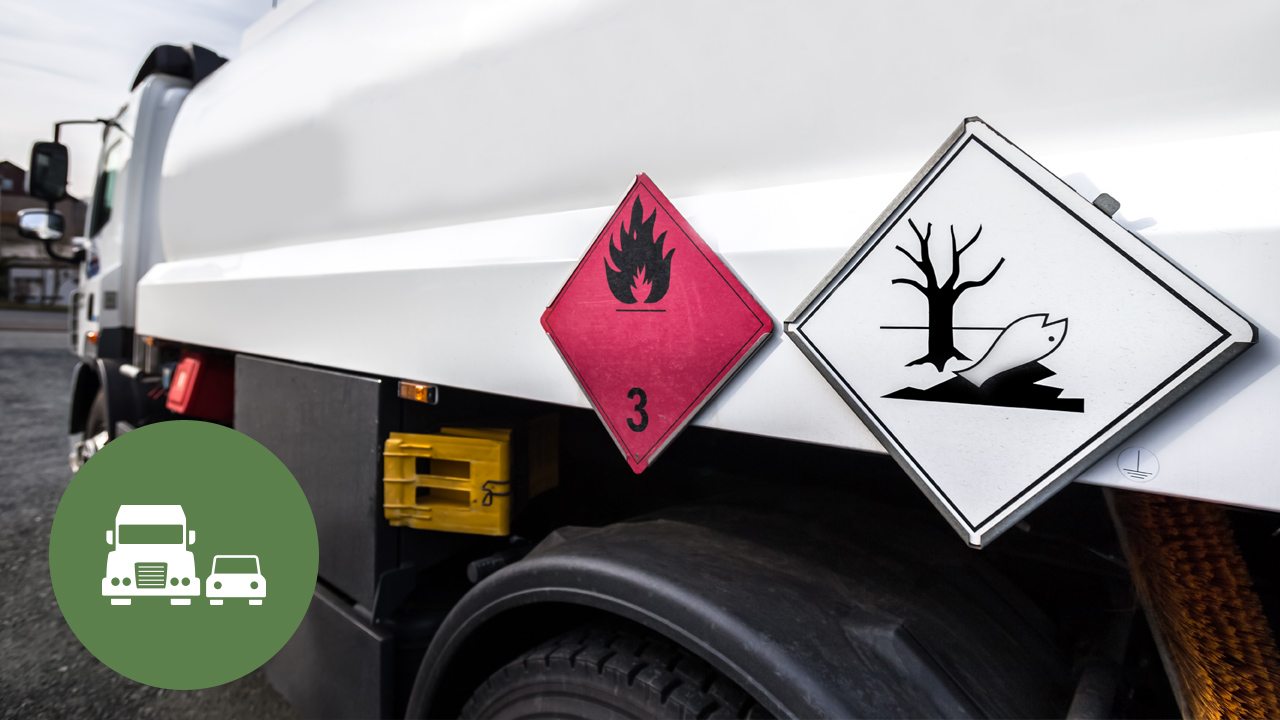IMDG 4: Loading, Unloading, and Offering Dangerous Goods
- 11 topics | 1h
- Up to 30 languages
- Transcripts
As cargo makes its way to its destination, the cargo transport unit (CTU) it's packed in and the packages themselves are subjected to a variety of forces that can damage them. This is true of all types of goods but is of particular concern when shipping dangerous goods. As such, dangerous goods are packed for transport in a manner meant to protect human health and safety, property, and the environment. Taking certain precautions, such as performing prepacking inspections and following stowage and segregation requirements, can help prevent incompatible dangerous goods from coming into contact during shipping – avoiding potentially disastrous results. Knowing how to properly pack, secure, load, and unload the cargo from a CTU will also help reduce the risks presented by dangerous goods to those who offer them. In this course, you'll explore the precautions, requirements, and best practices used within the transport and shipping industries to improve safe transport and minimize risks associated with dangerous goods.This course was developed with subject matter support provided by EnSafe Inc., a global professional services company focusing on engineering, environment, health and safety, and information technology. Please note, the course materials and content were current with the laws and regulations at the time of the last expert review, however, they may not reflect the most current legal developments. Nothing herein, or in the course materials, shall be construed as professional advice as to any particular situation with respect to compliance with legal statutes or requirements.
WHAT YOU WILL LEARN
-
identify what to check during a prepacking inspection of a CTU
-
recognize the guidelines for stabilizing and packing a CTU
-
recognize the procedures to inspect, stabilize, and pack a CTU
-
recognize the methods used to prevent cargo from moving during transport
-
recognize the best practices to use to achieve a stable load within a CTU
-
identify the best ways to prevent cargo from moving as well as remain stable during transport
-
recognize the key segregation terms
-
use the segregation table to determine the segregation requirements for given cargo
-
use the segregation table to identify the segregation requirements for dangerous goods
-
recognize how to properly load a CTU
-
identify where vessel operators can find information about stowing dangerous goods cargo in or on a ship
-
identify what to watch for when unloading a CTU
-
recognize the guidelines for properly loading, stowing, and unloading cargo
IN THIS COURSE
-
IMDG 4: Loading, Unloading, and Offering Dangerous Goods1m
-
Inspecting a CTU3m
-
Packing a CTU4m
-
Knowledge Check: Inspecting and Packing a CTU4m
-
Preventing the Movement of Cargo6m
-
Knowledge Check: Securing Cargo2m
-
Understanding Segregation Terms3m
-
Using the Segregation Table14m
-
Knowledge Check: Segregating Dangerous Goods Cargo4m
-
Loading, Stowing, and Unloading Cargo7m
-
Knowledge Check: Loading and Unloading Cargo3m
YOU MIGHT ALSO LIKE
COMPLIANCE-COURSE
IMDG 2: Dangerous Goods List – Special Provisions and Exceptions
COMPLIANCE-COURSE
IMDG 1: Introduction, General Provisions, and Classifications
COMPLIANCE-COURSE
IMDG 3: Packaging, Marking, Labeling, Placarding, and Documentation


